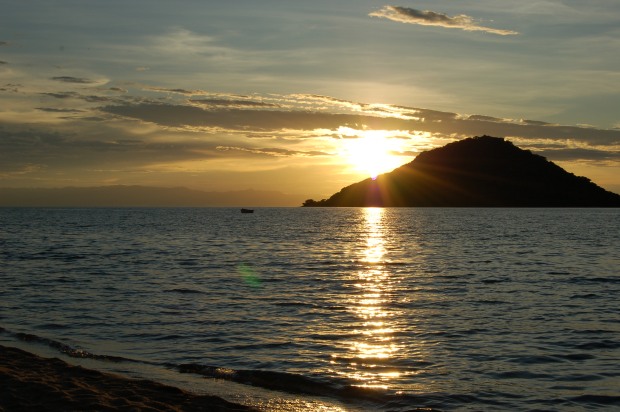This article focused on changes in biogenic silica mass accumulations found in two cores from Lake Malawi in Africa from the glacial/interglacial transition of the Pleistocene to Holocene. Biogenic silica mass accumulations rate (BiS MAR) is a measure of sediment porosity and density, and biogenic silica is produced primarily by diatoms (although phytoliths and sponge spicules could also contribute). BiS MAR is affected by temperature and precipitation and is useful as a proxy in paleoclimate reconstructions. BiS MAR is lower in times of the cooler, dry Late Pleistocene because of the lower amount of silica that is deposited via the river into the basin.
However, larger climatic shifts don’t necessarily represent regional changes in climate. Within the Pleistocene, fluxes of Holocene levels of BiS MAR are apparent, potentially caused by a northern-based wind that promoted upwelling in Lake Malawi, increasing primary productivity (diatoms). The northern-based wind hypothesis was supported by volcanic ash layers deposited in the core (a ridge of Volcanoes are present north of Lake Malawi). This article was a great representation of how localized/regional Paleoclimate reconstructions need to be scaled relative to larger, global changes. – Annie
- Article – A High-Resolution Paleoclimate Record Spanning the Past 25,000 Years in Southern East Africa
- Citation – Johnson, T. C., Brown, E. T., McManus, J., Barry, S., Barker, P., & Gasse, F. (2002). A high-resolution paleoclimate record spanning the past 25,000 years in southern East Africa. Science, 296(5565), 113-132.
- Presenter – Annie Tamalavage
- Breakfast – Shipley’s!!
